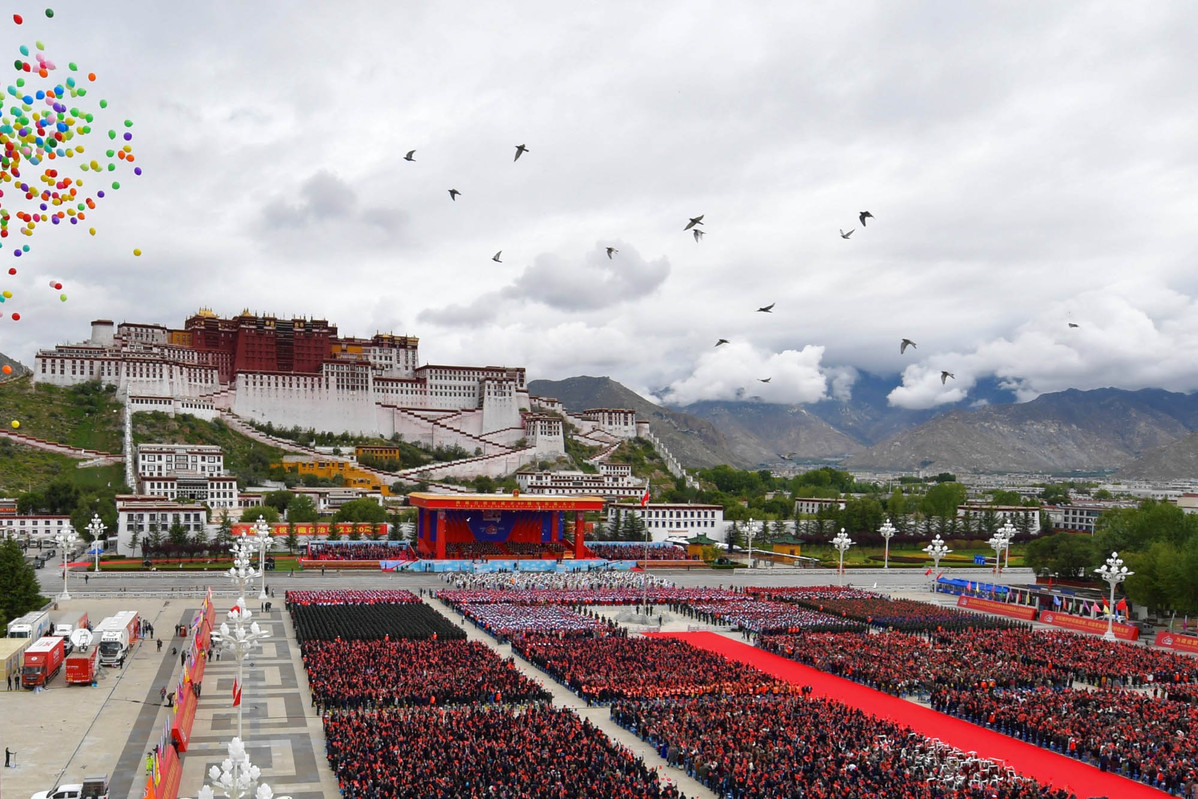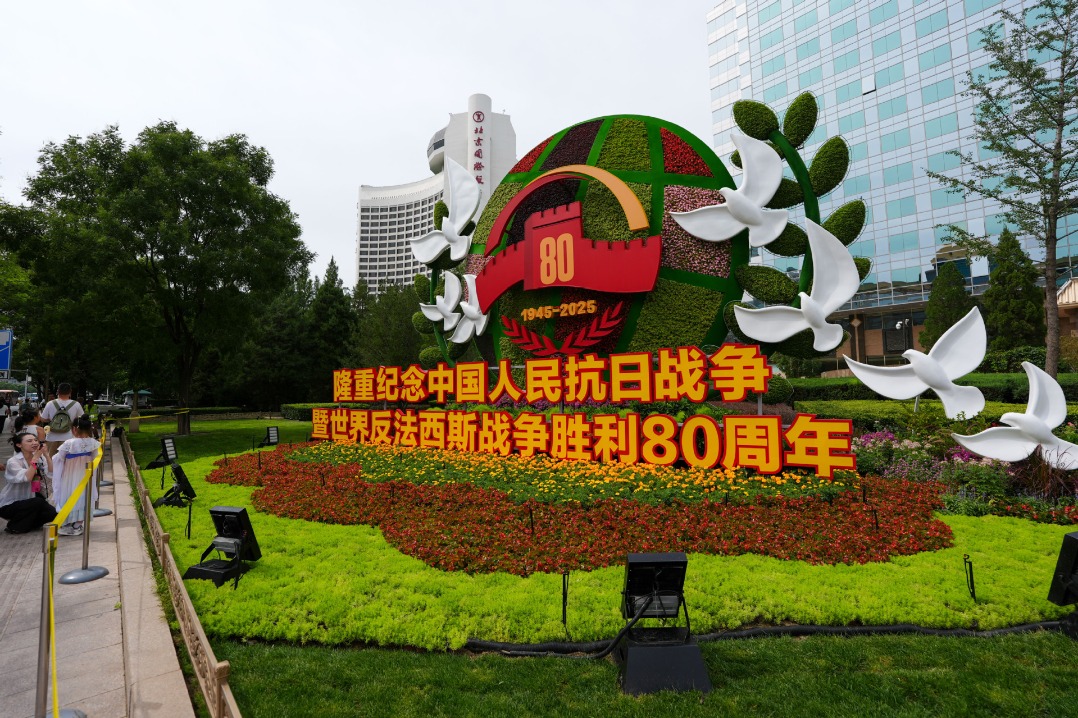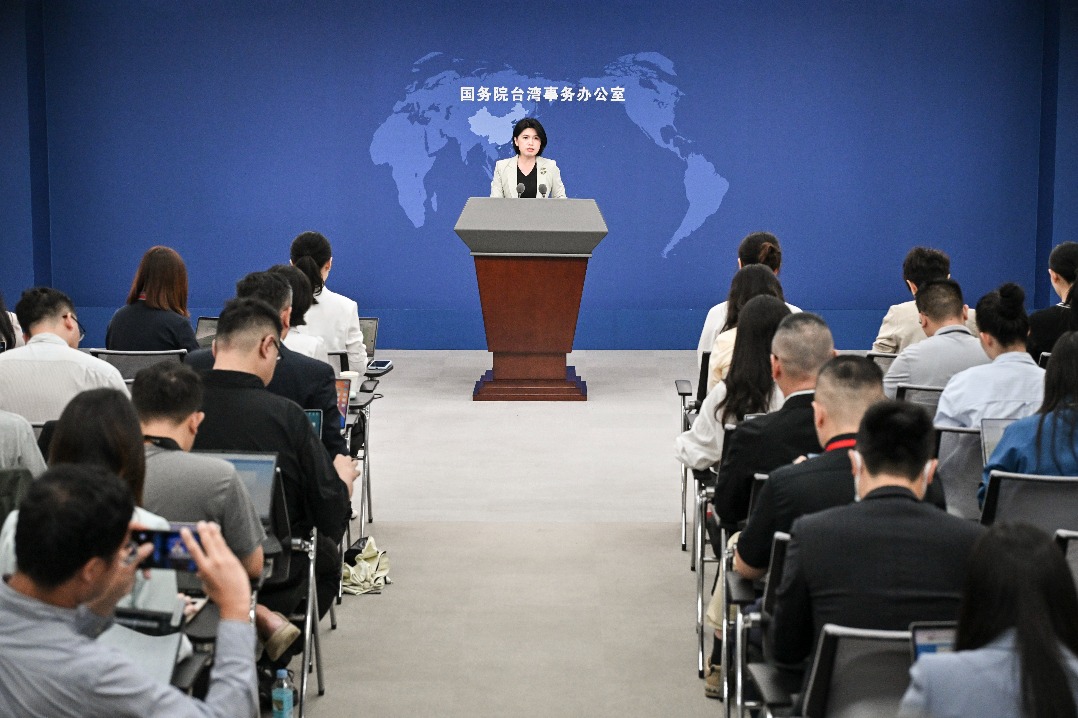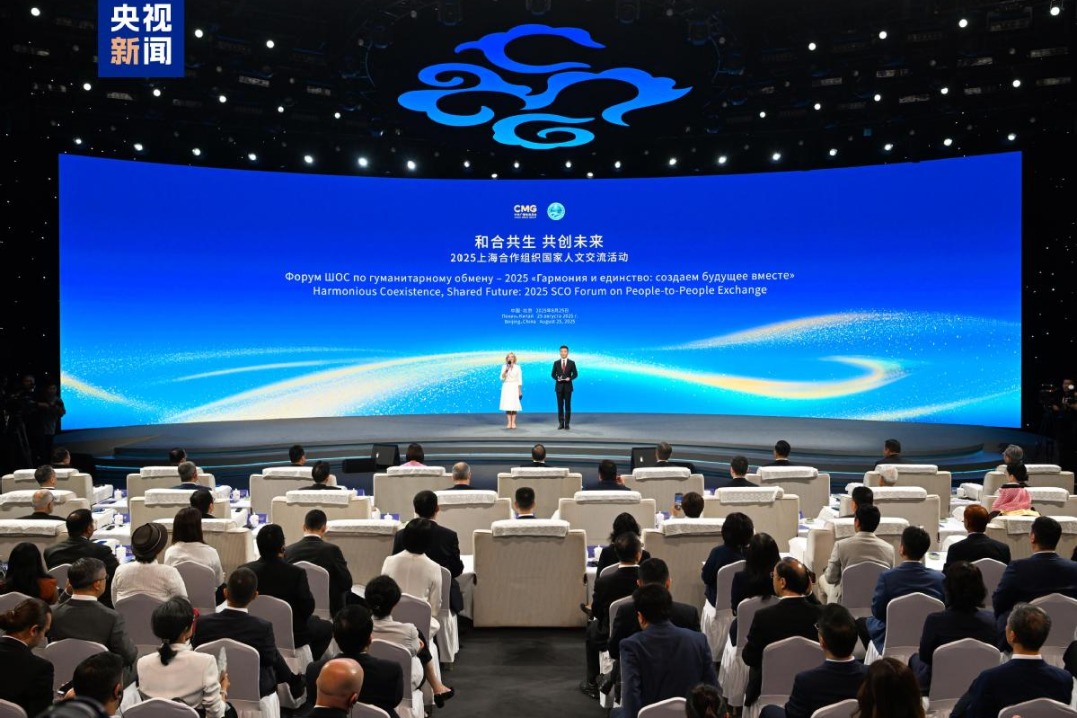Artificial intelligence can power Xizang's leap into a better future


When you stand at 4,000 meters above the sea level, the future looks closer. For the Xizang autonomous region, artificial intelligence is not a novelty to be imported and placed on a shelf but a practical instrument to improve people's livelihoods, safeguard a fragile ecology and accelerate high-quality development. Xizang's abundant green energy, unique climate and strategic position linking China with South Asia give it a rare opportunity to convert natural endowment into digital advantage while retaining its culture, ecology and security.
Three key measures could take Xizang in this direction: deepening AI adoption in culture and tourism, fusion of AI with Xizang's healthcare and Tibetan medicine, and building a green computing power hub that anchors high-tech industry, skills and jobs. The guiding principle must be innovation with Xizang characteristics, firmly aligned with national strategies and local custodianship.
Culture and tourism are strategic pillars of Xizang and a people-centered industry that shapes livelihoods. AI offers tools to strengthen every link in this value chain through rigorous digital collection of artifacts and sites, intelligent processing and curation and scenario-based presentations that provide genuinely immersive experiences.
For Xizang, its work is cut out: It needs to combine AI-generated content with augmented, virtual and mixed reality to produce multilingual, authoritative narratives that are accessible without being trivial, and design a digital cultural and tourism experience park that combines the Potala Palace, Namtso and other landmarks into one coherent and correctly interpreted journey. Such a platform would serve diverse domestic and international visitors, expand services and let Xizang culture travel beyond the plateau even as it remains rooted in local custodianship.
This is not merely a spectacle for spectacle's sake. It is a creative transformation that respects authenticity, broadens participation and creates new livelihoods in content production and intelligent operations.
High-plateau health and Tibetan medicine are emerging industries essential to the well-being of residents and visitors and to Xizang's high-quality growth. AI should not replace traditional knowledge; it should sharpen and scale it.
These practical steps can work in this direction: Developing wearable smart devices tailored to plateau physiology that can predict health risks and enable timely intervention for residents, workers and tourists; applying AI and knowledge-graph technologies to organize Xizang medical knowledge, uncovering promising diagnostic pathways, and identifying active ingredients in traditional formulations; and promoting genuine medical-engineering collaboration so that Tibetan medicine and modern healthcare can reinforce each other.
The outcome would be a distinctive, data-informed service system that drives measurable development and progress.
Xizang's mix of hydro, solar and wind power, together with its cool, dry conditions, favors energy-efficient data-center operations. The region's location as a gateway to South Asia also offers diplomatic and economic complementarities under the Belt and Road Initiative. These advantages make a persuasive case for a green computing power center that plugs into China's integrated computing network and meets demand from the eastern and central regions.
Around that anchor, a green computing power industrial park could attract AI, big data and biopharmaceutical firms, catalyzing spillovers into culture and tourism, characteristic farming and Tibetan medicine. The park must be paired with ambitious talent program: joint training with inland universities, hands-on practice bases and a deliberate push to grow a local, high-level technical workforce. That "computing power-industry-talent" cycle will reduce reliance on traditional extractive models and accelerate a transition to a technology-driven economy.
Exporting clean computing services also deepens practical cooperation with neighboring countries and helps build a shared digital future.
AI will be judged by how it tackles hard problems in hard places. Intelligent simulation, ecological early warning and coordinated optimization can reduce risks and improve outcomes for major projects such as the Sichuan-Xizang Railway. And advance modeling helps in saving costs and safeguarding the environment.
Equally important, green computing enables real-time processing of satellite remote-sensing data to monitor grassland degradation, glacier retreat, wetland change and forest fires. This would strengthen decision-making for the Qinghai-Tibet Plateau where ecological protection and development are complementary goals. Developing large-scale AI models across ecology, remote sensing, climate, tourism, highland health and governance would clear the current "no computing power" bottlenecks in border areas and enable genuine leapfrog development.
Sections of the Sichuan-Xizang Railway corridor, where the Hengduan Mountains offer low temperatures and stable geology, are well suited to host a national-level data disaster-recovery center powered by green energy. Built to national standards, such a facility would strengthen China's informatization drive, catalyze Xizang's information industry and contribute to balanced regional development.
The underlying principle of these proposals is that innovation must be people-centered with ecology and security at its core. By placing Xizang culture at the heart of digital experiences, tailoring technology to the plateau's health needs, and anchoring computing power in green energy and local talent, Xizang can convert resource endowment into knowledge intensity and isolated potential into shared prosperity.
At the roof of the world, the margin for error is small. That is precisely why a careful central government-guided innovation that is grounded in local realities and national strategy offers Xizang a realistic path to a more prosperous, resilient and culturally vibrant future.
The author is an academician of the Chinese Academy of Engineering, a professor at Tibet University and director of the State Key Laboratory of Tibetan Intelligence. The views don't necessarily represent those of China Daily.
If you have a specific expertise, or would like to share your thought about our stories, then send us your writings at opinion@chinadaily.com.cn, and comment@chinadaily.com.cn.


































